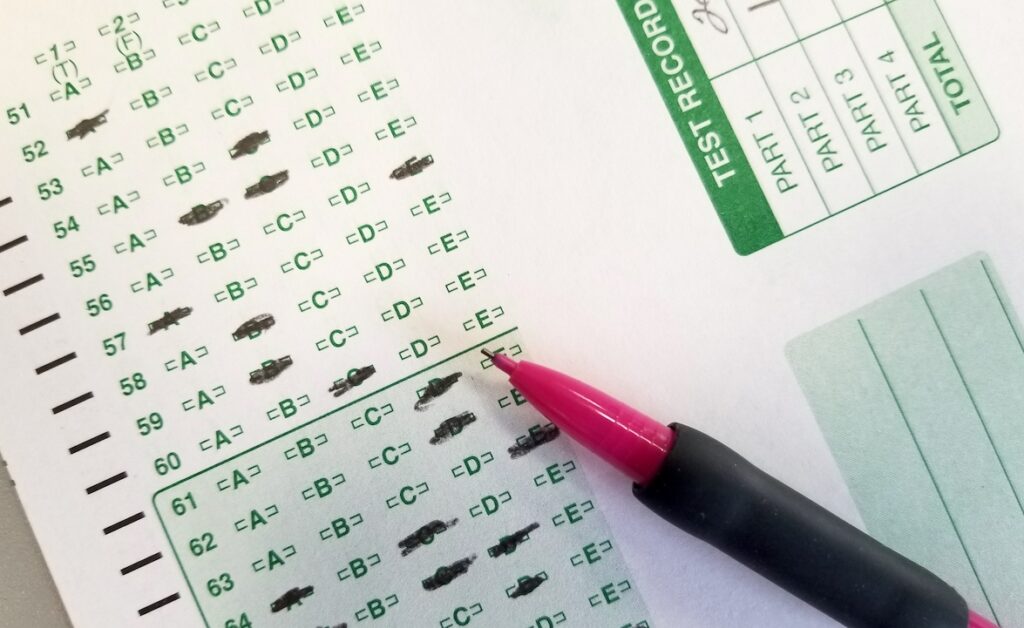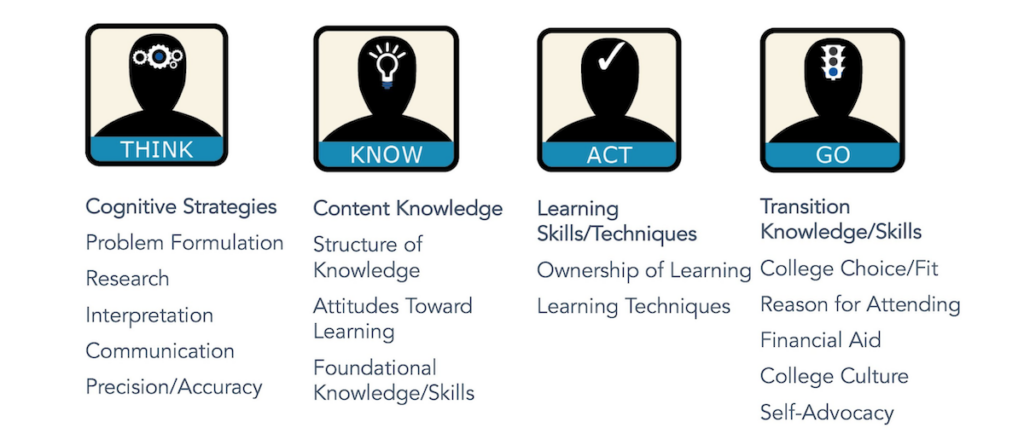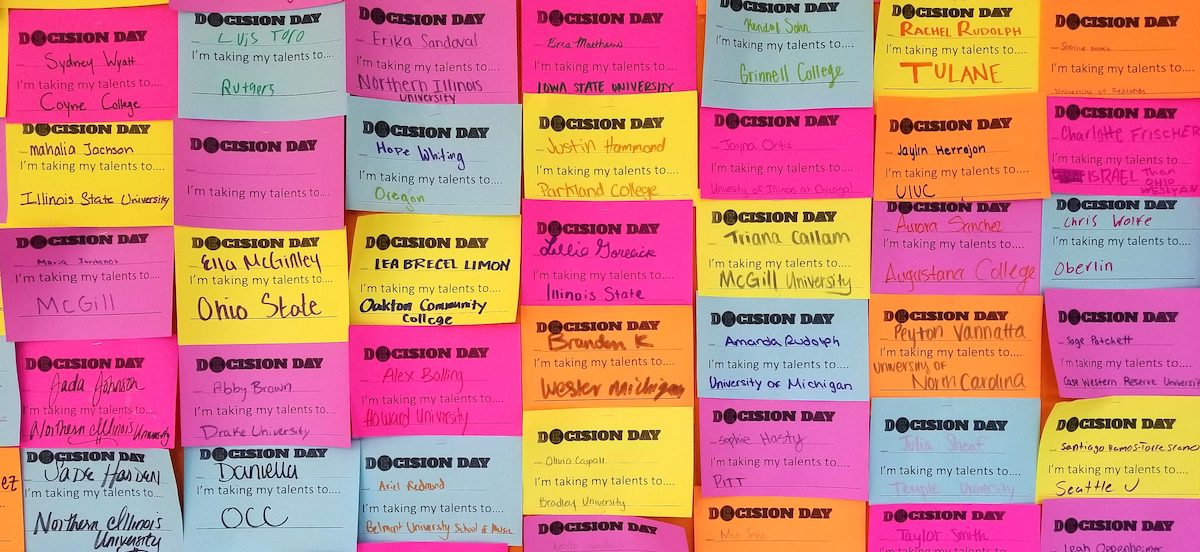Every few years, we hear about a new approach to better prepare young people for life after high school. Unfortunately, it usually doesn’t specify taking more art classes. If your school is currently talking more about College and Career Readiness Standards, here is what you need to know as an art teacher:
What are the College and Career Readiness Standards?
College and Career Readiness Standards are a series of measurements that, if met, indicate student readiness for college and/or career success. It’s complicated because each state uses different definitions and assessments to determine their standards. Individual school districts create their own artifacts and visuals that align with their values and programs. A quick Google search can show you the variation of graphic organizers and language used in schools across the country.
To better understand your state, check out the interactive map from the College and Career Readiness and Success Center. From there, you will be able to see definitions, metrics, programs, and structures specific to your area.
While states can vary in information, some common measures and programs include:
- Advanced Placement (AP) courses and scores
- Community service and workplace experiences
- Standardized test scores
- Dual credit courses with local colleges and universities
- Attendance
So, how can the College and Career Readiness Standards impact you?

College and Career Readiness Standards can have a significant impact on your art program. Your administration is going to allocate more time and resources toward this initiative. It is important to think and plan how you can benefit from this work. The train is going to leave the station, whether you like it or not, and you want to be on board when it does.
Schedule a meeting with the administration to communicate that you want to be an active contributor to the initiative. Be prepared to share a detailed plan. Some states, like Connecticut, list participation in visual and performing arts classes as an indicator of success. If your state does not specify art courses, you should review the specifics to see where the arts can connect. Here are some examples:
Advanced Placement (AP) Courses
Think about how these courses can evolve to be more accessible to students. Reducing course prerequisites can help more students enroll in the courses. The AP Studio Art course also trends toward drawing and painting. Help artists understand they can submit portfolios with other mediums such as photography, digital work, sculpture, etc.
Dual Enrollment Credit
Collaborating with a local college or university can help students experience an advanced art and design curriculum and earn college credits before they leave high school. Start by contacting your administration to discuss potential ideas. Building a dual credit program can bring more students into your classes and sometimes lead to new art and design courses at your school.
Workplace Experiences
Local organizations love partnering with students. Arts businesses are no different. Work with your school and collaborate with local studios, design firms, and galleries for potential internship opportunities.
Community Service
Similar to the workplace, think about ways you can help your students give back to the community through art. This could include volunteering at studios, teaching youth art camps, and creating a community art piece.
Get to know the Four Keys Model.

In addition to classes and programs, some experts, like Dr. David Conley from Ed Imagine, have provided schools with a definition of standards. Conley’s Four Keys model, “Think-Know-Act-Go,” is is “built on over a decade of research on what it takes to succeed in college and careers.” If your district is using a model like Conley’s Four Keys, help your administration understand how to develop the model in your art room. Here are some examples to help you get started:
Think – Cognitive Strategies
Interpretation is built from analyzing and evaluating content. Art students can experience interpretation during a critique and viewing the artwork.
Communication requires the ability to organize thoughts and construct language in the appropriate format (oral, written, etc.). This can be accomplished when students present their work orally and write artist statements.
Know – Content Knowledge
Structure of knowledge is the linking of ideas and organizing concepts. It can be developed through the process of artistic planning. Creating pieces with meaning forces students to make several artistic decisions.
Act – Learning Skills/Technique
Ownership of learning is developed through the artmaking process as students persist, seek help, and monitor their progress throughout the process. Learning techniques that connect to the art room include time management. Students make artistic decisions and work within the time allotted to finish before the deadline.
Go – Transition Knowledge/Skills
Self-advocacy is developed when we encourage students to approach experts or peers for questions and support. It gives them the freedom to develop their own ideas and images. Post-secondary and career awareness can also be infused into your classroom through visits from college representatives and art/design professionals.
How much you connect your program with the College and Career Readiness Standards should be determined by the level of impact they are having on your school and district. Adapting your art program to a school-wide effort is not always easy, philosophically or logistically, but it can lead to more positive results in the future. It is vital to be aware, ask questions, and make the changes necessary to remain a relevant part of your school’s programming.
Why do communities and administration rally around education trends?
What other ways can the arts support College and Career Readiness Standards?
Magazine articles and podcasts are opinions of professional education contributors and do not necessarily represent the position of the Art of Education University (AOEU) or its academic offerings. Contributors use terms in the way they are most often talked about in the scope of their educational experiences.





